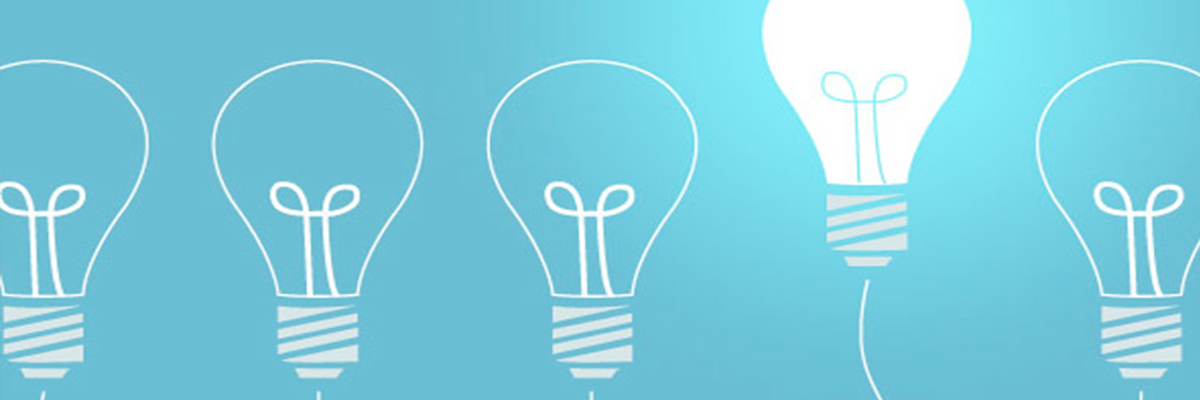Key Takeaways
- Volt Active Data criticized Forrester’s Wave report for not narrowing the competitor field and selection criteria enough, advocating for more vendors in the HTAP/Translytics category.
- Database vendors face the challenge of providing high-performance solutions while reducing costs, balancing performance, availability, scalability, consistency, durability, and flexibility.
- Scale-out distributed systems are essential for massive incremental scalability, but distributing data across servers introduces trade-offs.
- An ebook compares Oracle, NoSQL, and NewSQL databases, defining which database works best based on specific real-time requirements.
- Telcos are attracted to cloud migration due to changing business models, crumbling monolithic systems, and the scalability/reliability needed for NFV, SDN, and M2M solutions.
Table Of Contents
Database Blog Trends, First Half 2018
Looking back over the first half of the year, we notice three trends in reader interest with our blog posts. They are:
- Defining the real-time database market
- How to compare database technologies, and
- How cloud database migration.
In this post, we’ll give an overview of the posts most read and ask for your feedback.
Defining the Real-Time Database Market: A Review of the Forrester Wave
Volt Active Data hit the ground running with a heavy hitting post in January called, “‘Forrester Wave Translytical Data Platforms Q4 2017’ Puts a Good Foot Forward But Doesn’t Take Users Far Enough on the Selection Criteria”. In it, our VP of Product argues that “Forrester didn’t go far enough in either narrowing the field of competitors, or in determining criteria on which to base selection analysis, by merely publishing this Wave”. He highlights lack of depth in detail in the report and calls for the inclusion of more vendors in the hybrid category of HTAP/Translytics database vendors.
Comparing Database Technologies
Our ebook author from Data Warehouse Solution Architect, John Ryan, in January wrote on his LinkedIn blog: “The challenge faced by all database vendors is to provide high performance solutions while reducing costs (perhaps using commodity servers). But there are conflicting demands:
- Performance
- Availability
- Scalability
- Consistency
- Durability and
- Flexibility.
The only realistic way to provide massive incremental scalability is to deploy a Scale-out distributed system. Typically, to maximise availability, changes applied on one node are immediately replicated to two or more others. However, once you distribute data across servers you face trade-offs.”
Based on this thought and with inspiration from our founder, Dr. Stonebraker, Mr. Ryan published our ebook: Oracle vs. NoSQL vs. NewSQL: Comparing Database Technology in which he goes further to define which database works best based on which real-time requirements: he even compares technologies.
Key Considerations for Telcos Migrating to the Cloud
Readers were attracted to the thinking behind migration to the cloud in telco space in our post preparing telcos for cloud migration projects..
“Historically, Telcos have built proprietary, monolithic architectures to support their customers in a “risk first, revenue second” model – by undertaking huge investments in networks, and capitalizing on the potential revenue they will generate months, if not years later. Today’s economic realities make the cloud, not only attractive, but necessary for Telcos.”
There are three main thoughts considered in this post:
- The cloud changes the business models for Telcos
- The monolithic systems of the past are crumbling – and Telcos are becoming true “Service Providers”.
- Only the cloud gives the level of scalability and reliability needed for NFV, SDN, and M2M solutions and applications.
And You?
Although these were the most popular posts the first half of 2018, we recognize that you reader, might have read something else here that hit your fancy. What was it? Are there topics you’d like to hear more about? Let us know in the comments area, below.
